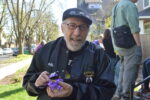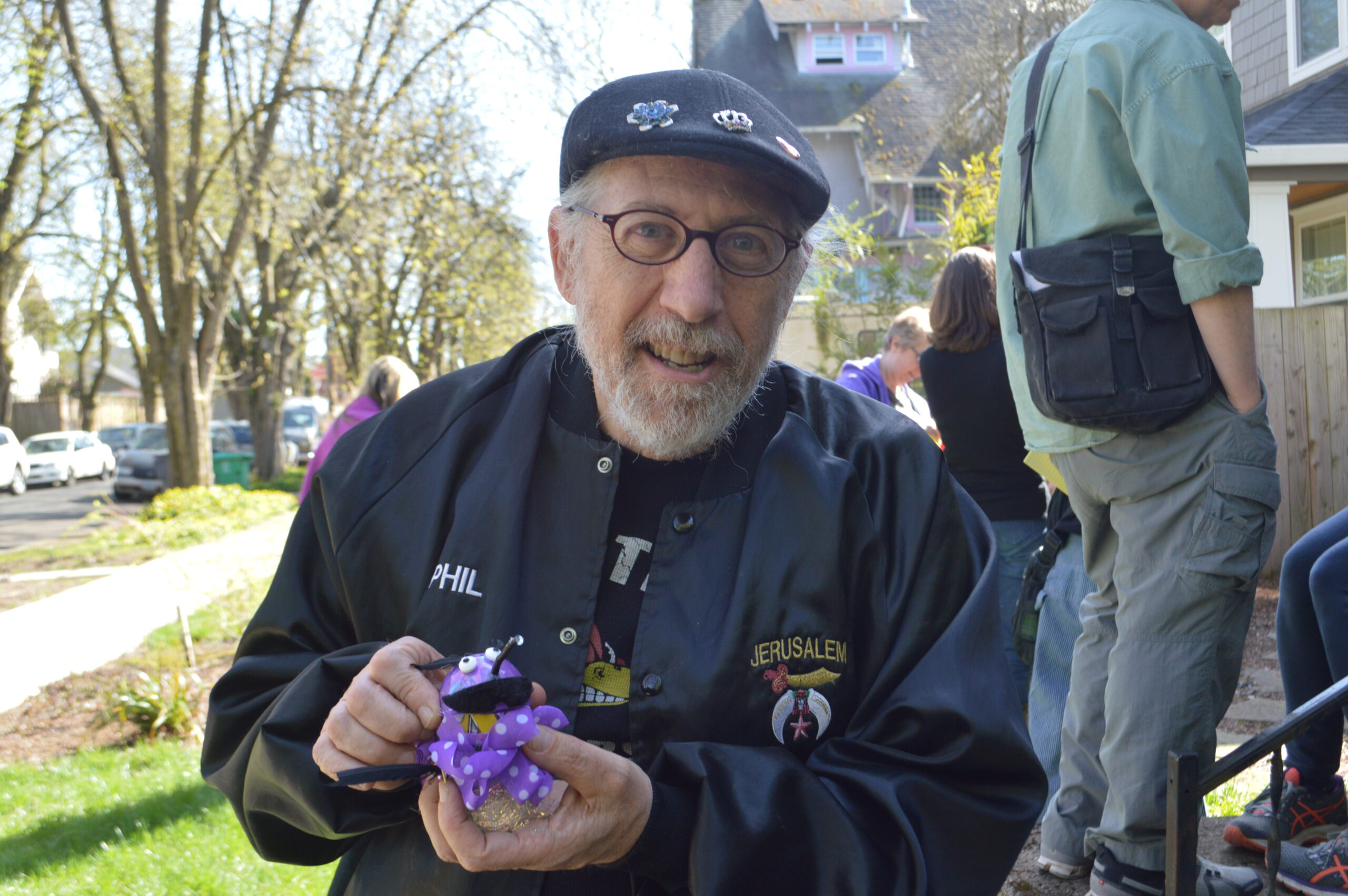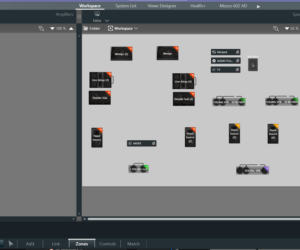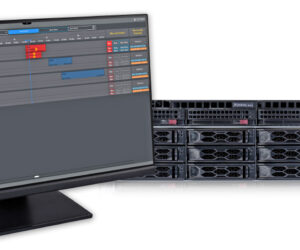Many years ago, visiting Audio Analysts in Colorado Springs, I noted a little sign at the reception desk that read: “Friends Don’t Let Friends Mix Monitors.”
In many ways, mixing monitors can be the most thankless job in audio. When the artist is unhappy, everyone knows who you are; horror stories abound of artists calling out their monitor mixers and firing them on stage. When you do well you are even more invisible than the front of house engineer.
Bruce Danz has sat in the monitor “hot seat” for over a decade with Marilyn Manson and Avenged Sevenfold, and he recently spent some time with me during the latter band’s tour to discuss what it’s like. Like many of us, he got his start as a working musician, and in 1990, his band Drophammer got a record deal. He was also that member of the band who paid attention to the gear as well as stage balance.
“Making the show happen paved the way to transition into mixing,” Danz explains. “Really grasping the individual parts of songs as opposed to just creating an overall sound is important. You have to dig in and grab the ‘nuisance parts’ in the mix and make them shine. Of course, getting too focused on the small stuff can distract you, so it’s important to maintain perspective.”
Making The Climb
At one of his early mixing gigs, he recalls, a Crown DC Series amplifier “lived up to its name and sent DC voltage down the line. About the second song in the set I started hearing these weird sounds, and I looked up at the PA and one of the mid drivers was on fire. It had started at the voice coil and was burning out from there. I grabbed a pitcher of beer and threw it on the fire — maybe not the best way to deal with it but it was what came to my inexperienced mind,” After a pause, he adds, “Nowadays, I have a fire extinguisher at my mix position!”
A resident of Michigan, Danz eventually found his way to Thunder Audio (in Livonia, MI) and began working under the guidance of Paul Owen and Tony Villareal: “I worked hard, showed my worth to bands and their management, and after a few years of doing whatever job I was given, in 1997 I got a gig as the system tech for Days of the New.”
Along the way, he transitioned from front of house to the stage. “I really prefer mixing monitors because I like being on stage and not 300 feet of snake away from the musicians. I’m a musician [when not touring Danz plays bass in a Judas Priest inspired band Vengeance Rising in Western Michigan], so I like to get connected with each band member. That way I can give them what they need to make the best of their performance.
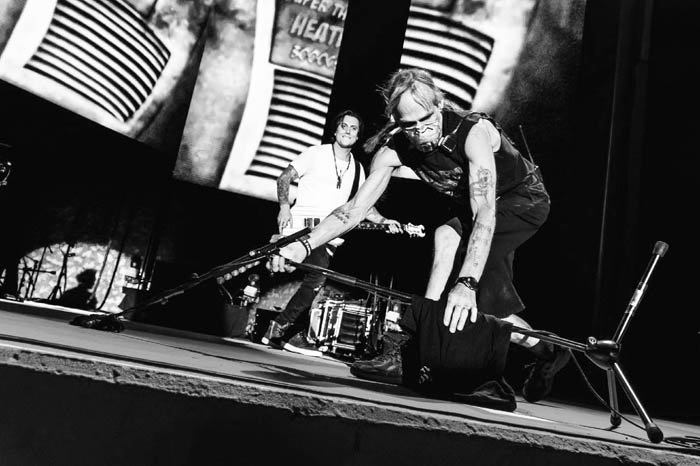
“I find it both more challenging and rewarding than mixing front of house,” he adds. “Besides Manson and Avenged Sevenfold, I’ve worked with (the late) Robert Palmer, Slipknot, Stone Sour, Testament, Death Angel, Anthrax , and Alice Cooper. I’ve also mixed countless bands at festivals and will mix support acts on tours if they haven’t brought their own monitor engineer.”
On the recent tour, Avenged Sevenfold served as the main support act for Metallica in stadiums, so I asked him about the difference between working support and headlining. “The biggest difference is the time and space you get to dial your mix in,” he replies. “When you’re headlining, you have a lot of time to get things right and not scramble as much. When you are the support band there is a lot more ‘hurry up and wait.’ Of course, support has the advantage of a later start and an earlier ending to the day which, at times, can be nice.”

